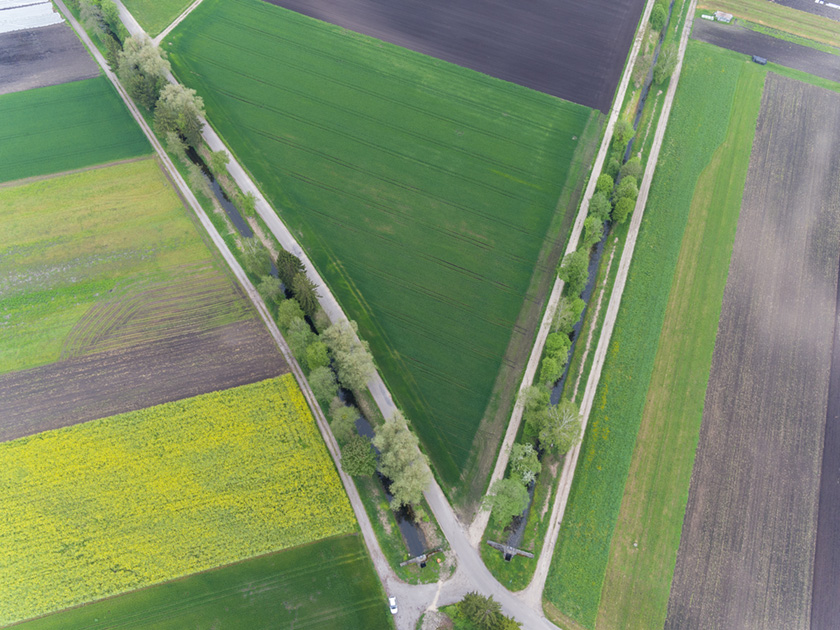Department Environmental Chemistry
NAWA-Flowpath

Surface water contamination by plant protection products in small catchment: How do they get here?
Plant protection products (PPPs) are routinely used in modern agriculture. In such an anthropogenic environment exists a suite of flow paths through which PPPs and their transformation products can reach surface waters. There, these contaminants may be detrimental to water quality and trigger compliance issues every time legal concentrations thresholds are exceeded. In order to mitigate such problems by targeted measures, it is essential to know the relevant PPP sources and flow paths. The NAWA Flowpath project aims at contributing to this knowledge by an in-depth analysis of existing PPP monitoring data sets like the NAWA SPEZ Data.
Because various flow paths differ in terms of concentration peak timing, duration and levels the analysis of such features provides insights into transport pathways. Additional sources of information will be explored and developed to support our data analysis. For example, combination of meteorological and hydrological data, maps of connectivity to the stream, physical and chemical property of contaminants and mode of PPPs application could explain specific concentration patterns over time.
The NAWA-Flowpath project is timely because it will benefit from the “Shortcut” project and it will support the advancement of the “MachTrend” project.
